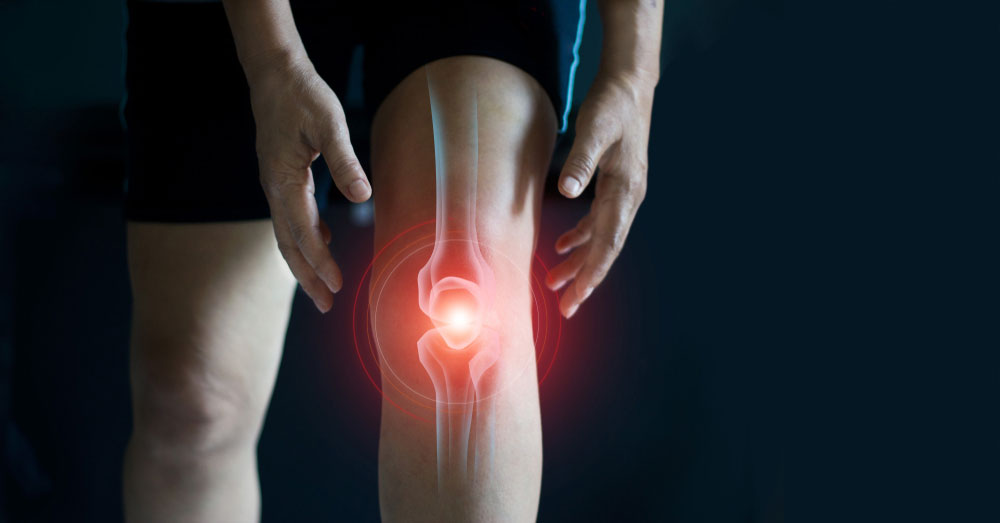What is joint pain?
Joint pain is widespread and affects the hands, feet, hips, knees, and spine. Joint pain might be persistent or occasional. The joint may feel stiff, achy, or painful at times. A stinging, throbbing, or "grating" feeling is experienced by some patients. Apart from the pain, the joint may seem rigid in the morning, but it will lighten and loosen up and feel better with movement and exercise. However, excessive exercise is not recommended by physiotherapists as it may aggravate the discomfort.
Joint discomfort can impair joint function and impede a person's ability to do fundamental actions and daily chores. Severe joint pain can hurt one's quality of life. Not only pain should be treated, but so should the activities and functions that are impacted. And you can get your pain treated by the expert physiotherapist Dr. Shraddha Patil.


